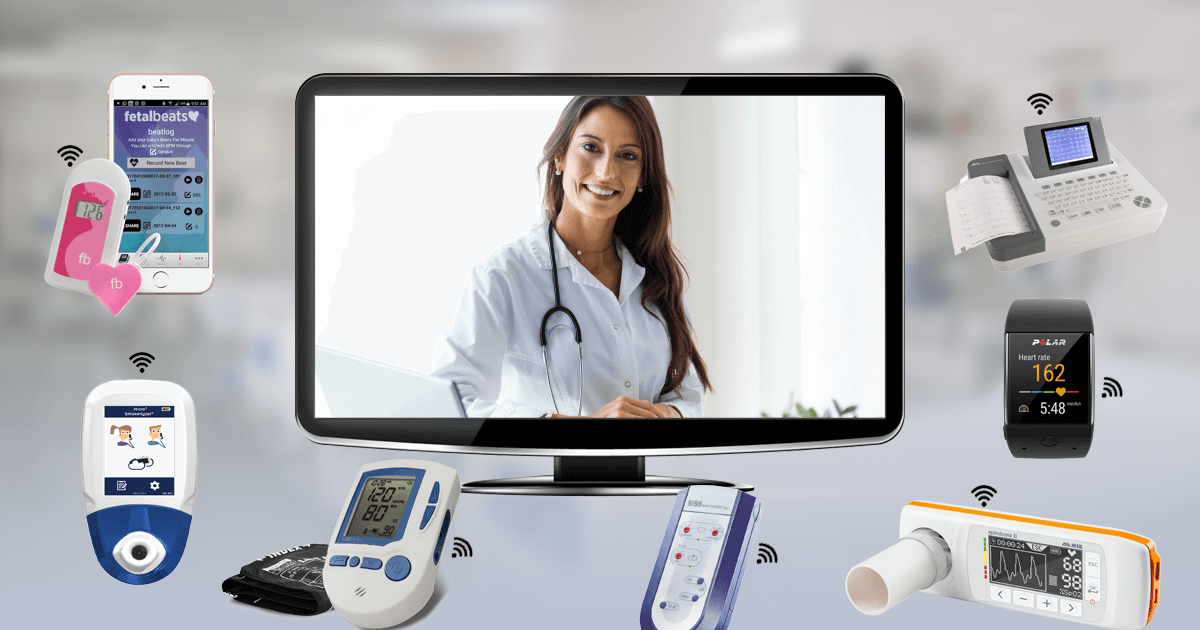Technology in Remote Healthcare. Telemedicine is transforming healthcare by using technology to deliver medical services remotely. This approach not only enhances patient care but also broadens access to healthcare for those in remote or underserved areas. As technology continues to advance, telemedicine is becoming an essential part of modern healthcare systems.

Expanding Access to Healthcare
One of the most significant advantages of telemedicine is its ability to expand access to healthcare. In rural or remote areas, patients often struggle to access medical services due to geographical barriers. Telemedicine overcomes these challenges by allowing patients to consult with healthcare professionals from the comfort of their homes. This expanded access means that people can receive timely medical advice, reducing the need for travel and the associated costs.
Moreover, telemedicine helps address the shortage of healthcare professionals in certain regions. Specialists can now provide consultations across vast distances, ensuring that patients receive the care they need without delay. This is particularly beneficial for those requiring specialized care, as it eliminates the need for long waits and travel to distant medical centers.
Enhancing Patient Care
Telemedicine significantly enhances patient care by providing real-time access to healthcare providers. Patients can receive immediate medical attention for acute conditions, which is crucial in emergencies. In addition, telemedicine enables continuous monitoring of chronic conditions, allowing for timely interventions and adjustments to treatment plans.
Furthermore, telemedicine fosters better communication between patients and healthcare providers. Patients can easily follow up on their conditions, ask questions, and receive guidance on managing their health. This continuous interaction leads to improved patient outcomes, as issues can be addressed before they escalate into more serious problems.
Reducing Healthcare Costs
Another key benefit of telemedicine is its potential to reduce healthcare costs. By minimizing the need for in-person visits, telemedicine cuts down on expenses related to travel, accommodation, and time off work. Additionally, telemedicine can help reduce the burden on healthcare facilities by managing non-urgent cases remotely. This allows hospitals and clinics to focus their resources on patients who require in-person care.
Moreover, telemedicine can lead to better management of chronic diseases, which are often costly to treat. By enabling regular monitoring and early intervention, telemedicine helps prevent complications that could result in expensive hospitalizations. This proactive approach to healthcare can lead to significant savings for both patients and healthcare systems.
Overcoming Barriers to Adoption
Despite its many benefits, telemedicine faces several challenges that need to be addressed to maximize its potential. One of the main barriers is the lack of access to reliable internet connections, particularly in remote areas. Without a stable internet connection, patients cannot take full advantage of telemedicine services. Therefore, improving internet infrastructure is crucial for the widespread adoption of telemedicine.
Another challenge is ensuring that patients and healthcare providers are comfortable with using telemedicine platforms. Training and education are essential to help users become familiar with the technology and its benefits. Healthcare providers need to be equipped with the skills to deliver effective care remotely, while patients need to feel confident in using the technology for their health needs.
Discover the World of Varvara G.
Explore the personal website of Varvara G., featuring insights, experiences, and perspectives on various topics. Connect with Varvara’s unique journey and interests. For those with diverse online interests, you can find information about online casinos in australia.
Ensuring Privacy and Security
Privacy and security are paramount in telemedicine. Protecting patient data is essential to maintaining trust in remote healthcare services. Telemedicine platforms must adhere to strict regulations regarding data protection and patient confidentiality. This includes using encryption and other security measures to safeguard sensitive information.
Healthcare providers also play a crucial role in ensuring that telemedicine consultations are conducted in a secure and private environment. Patients should be informed about how their data will be used and protected, and they should feel assured that their privacy is being respected.
The Future of Telemedicine
As technology continues to evolve, the future of telemedicine looks promising. Advances in artificial intelligence, wearable devices, and data analytics are set to enhance the capabilities of telemedicine further. For example, AI can assist in diagnosing conditions, while wearable devices can provide real-time health data that can be shared with healthcare providers.
In addition, the integration of telemedicine with electronic health records (EHRs) will streamline patient care, allowing for a more comprehensive and coordinated approach. Patients will benefit from a seamless healthcare experience, with their medical history and current health data readily accessible to their healthcare providers.
Conclusion
In conclusion, telemedicine is revolutionizing the way healthcare is delivered by leveraging technology to provide remote medical services. It expands access to healthcare, enhances patient care, and reduces costs. However, to fully realize its potential, challenges such as internet access, user adoption, and data security must be addressed. As technology advances, telemedicine will continue to play a vital role in the future of healthcare, offering patients greater convenience and improving overall health outcomes.

